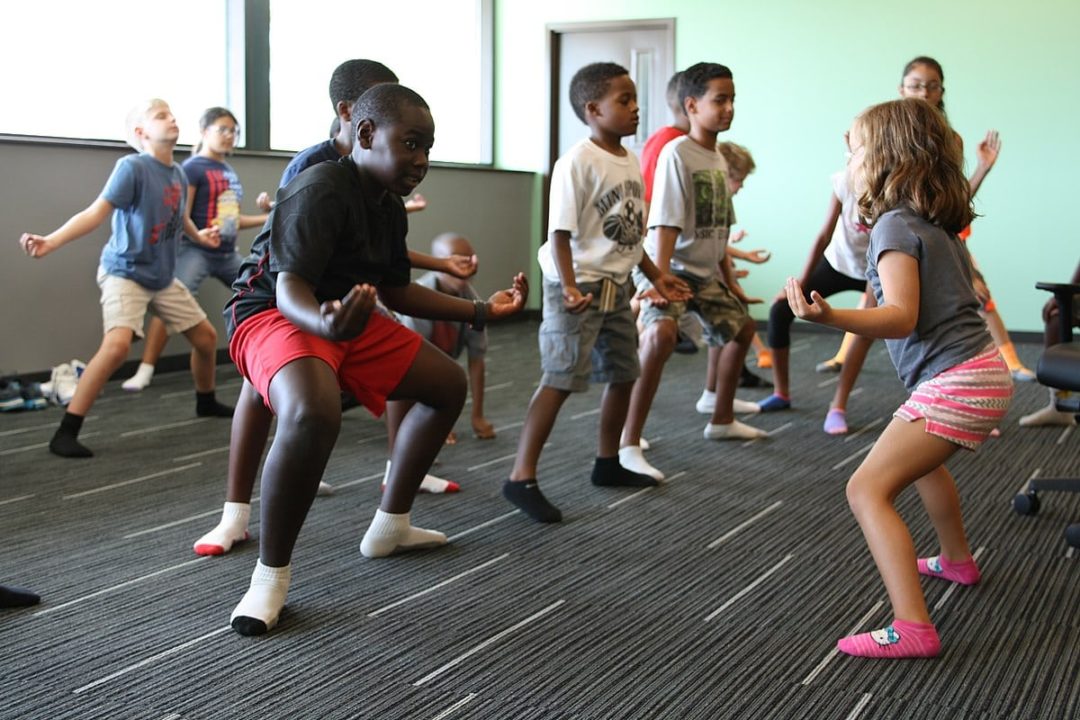
How Yoga Helps Children Develop Self-Regulation Skills
Share
Do you want your child to remain calm in stressful situations? If your answer is yes, your child should practice yoga. Yoga helps children develop self-regulation skills. In this article, you’ll learn how yoga can help your child to self-regulate and be calm.
What is Self Regulation?
Self-regulation is the development of children’s ability to monitor and control their behavior, energy, emotions, and thoughts in a manner acceptable to their parents, caretakers, and themselves in any particular situation. It involves resisting the impulse to react to a stimulus in a highly emotional demeanor. In layman’s terms, it means children can calm down in upsetting situations such as not getting the toy they want, meeting new people, or changing a routine.
Why Is Self Regulation Important?
Children react to situations differently. Some kids respond on impulse with intense emotions while other kids build up emotions and exhibit outbursts after a while. The key is to teach children to handle their intense emotions and express them in less disruptive ways.
Self-regulation doesn’t just apply to children’s emotional health. It also applies to their cognitive ability and relationships with other people. A child’s lack of self-soothing skills can hinder their learning in the classroom. Suppose a child is overwhelmed by emotion and can’t control it. In that case, they will have difficulty listening to their teachers and miss the lessons. If they can’t give way to other children in line or when playing games for the same reason, it will affect their relationships.
How Yoga Helps Children Develop Self Regulation Skills
Yoga is a contemplative practice. It integrates physical postures, breathing exercises, meditation, and relaxation techniques. Yoga helps children develop self-regulation skills in various ways so that they can connect with other people and engage in the classroom. Here’s how:
Through Improving Cognition and Metacognition
Many children tend to act on impulse. They don’t think things through before reacting, especially when they are overwhelmed with emotions. With yoga, the child can learn to focus on one feeling at a time. Doing this can help them identify their emotions and it makes it easier for them to process thoughts and emotions. Furthermore, it helps in metacognition, or the ability to think about your thoughts. Learning metacognition can help children in identifying whether their thoughts are helpful or not in a particular situation.
Through Improving Compassion to Self and Others
Yoga is a contemplative practice. When children practice it, they cultivate the skill to be aware of their thoughts and emotions. This awareness makes them think about how they deal with others and themselves and, in return, makes them more compassionate and empathetic.
Through Improving Focus and Concentration
Exercising self-regulation skills involves exercising focus and concentration. For children to manage themselves, they need to focus on the goal or a particular task. Many studies show that practicing yoga improves focus and concentration significantly. Thus, if children practice yoga regularly, they will improve their attention span and participate and engage appropriately in school, at home, and in society as a whole.
Shop ThinkPsych Products
5 Yoga Exercises for Self-Regulation
When teaching kids yoga for self-regulation, it’s important to have a plan as learning new things overwhelms children easily. So, plan out your class and make it predictable to provide structure for the kids. More importantly, start with yoga poses and breathing exercises that they can easily do, such as these:
Flower Breath
The flower breath is an excellent breathing exercise children can practice to calm their nervous system. To do this:
- Let the kids come to a comfortable seated position.
- Guide them to spread their fingers wide and bring the wrists, thumbs, and pinky fingers together.
- Ask them to close their eyes and imagine there is a flower in front of them. Then, instruct them to inhale through their nose and exhale while pouting their lips, as if they’re blowing the flower.
- Repeat for five rounds.
Cat and Cow Pose
- Start with the hands and knees on the floor.
- Take an inhale and arch the back while you look up.
- Take an exhale while you bring the chin to your chest and tuck the tailbone.
- Repeat for at least five rounds.
Butterfly Pose
- Sit on the ground with the legs extended in front of you.
- Then bring the soles of the feet together with the knees open to the sides.
- Grab the ankles or the shins.
- Stay in this pose for at least five rounds of breath.
Dog Pose
- Start with your hands and knees on the floor.
- Then lift your knees and slowly bring the hips up to the sky, as if you’re an upside-down letter V.
- Stay in Dog Pose for at least three rounds of breath.
Tree Pose
- Stand with your feet shoulder-width apart.
- Shift your weight on the right leg and bring the left foot inside your right thigh or shin.
- Bring your hands up to the sky like they are the branches of a tree.
- Stay here for a few rounds of breath and repeat on the other leg.
Various things affect your child’s self-regulation ability, and children react to triggers differently. But it’s important to know that practicing yoga helps children develop regulation skills over time, along with other social-emotional learning techniques.
References:
A Yoga Intervention for Young Children: Self-Regulation and Emotion Regulation A Yoga Intervention for Young Children: Self-Regulation and Emotion Regulation | SpringerLink
The Potential Benefits of Mindfulness Training in Early Childhood: A Developmental Social Cognitive Neuroscience PerspectiveThe Potential Benefits of Mindfulness Training in Early Childhood: A Developmental Social Cognitive Neuroscience Perspective – Zelazo – 2012 – Child Development Perspectives – Wiley Online Library.
Role of yoga in attention, concentration, and memory of medical students . (njppp.com)
A Theoretically and Ethically Grounded Approach to Mindfulness Practices in the Primary Grades A Theoretically and Ethically Grounded Approach to Mindfulness Practices in the Primary Grades: Childhood Education: Vol 93, No 2 (tandfonline.com)
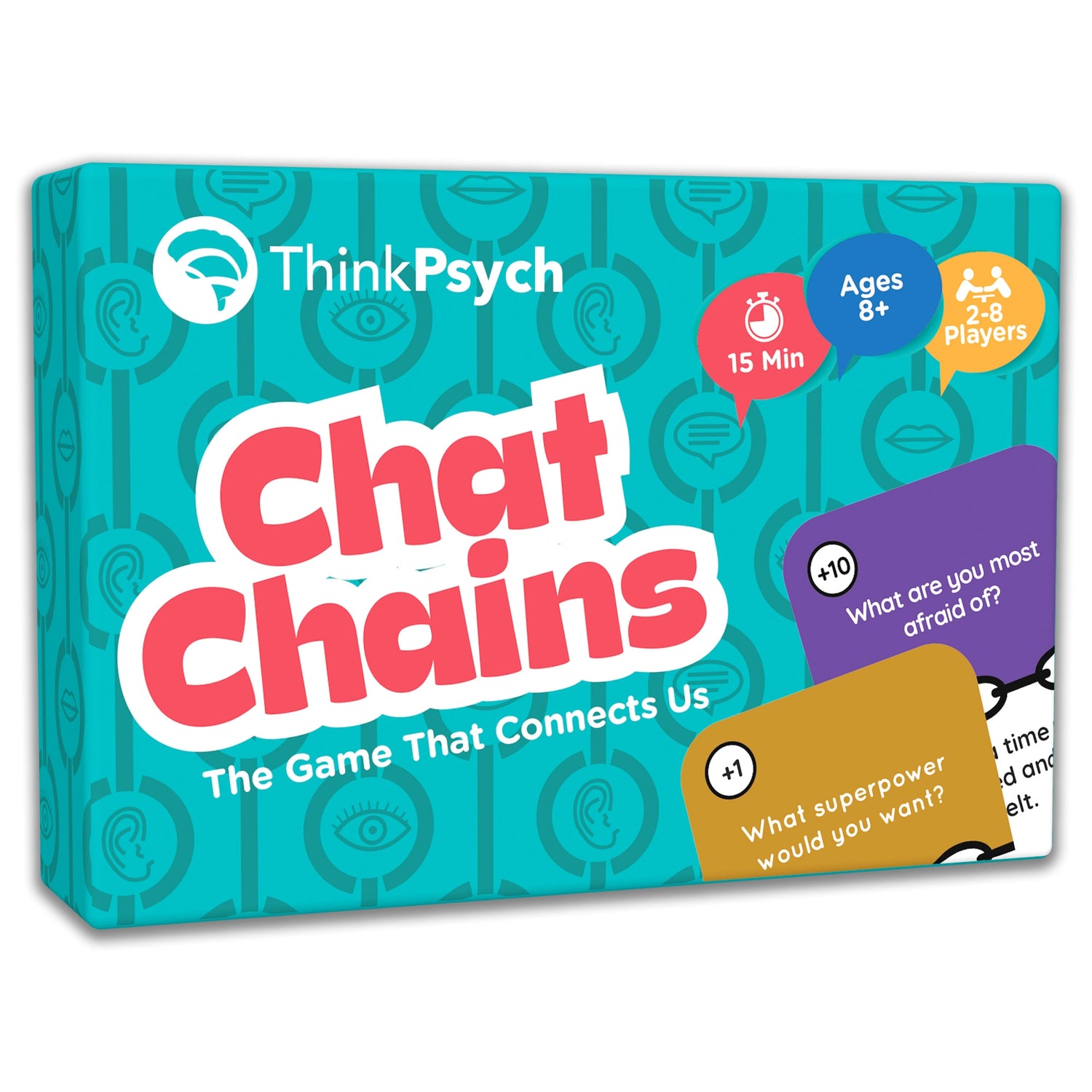

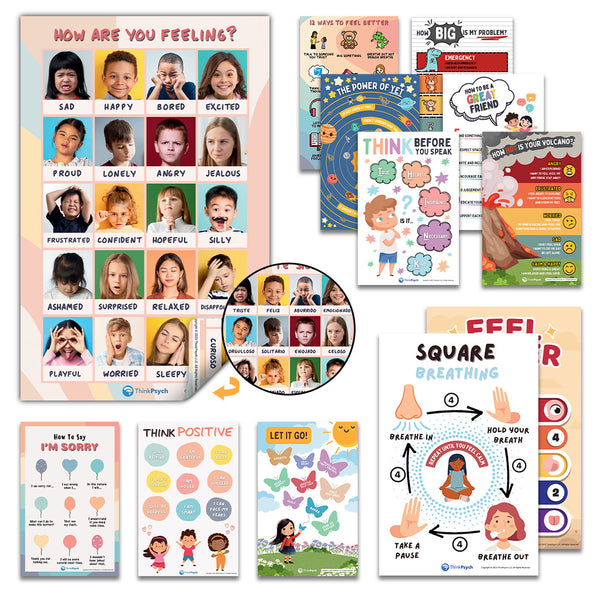

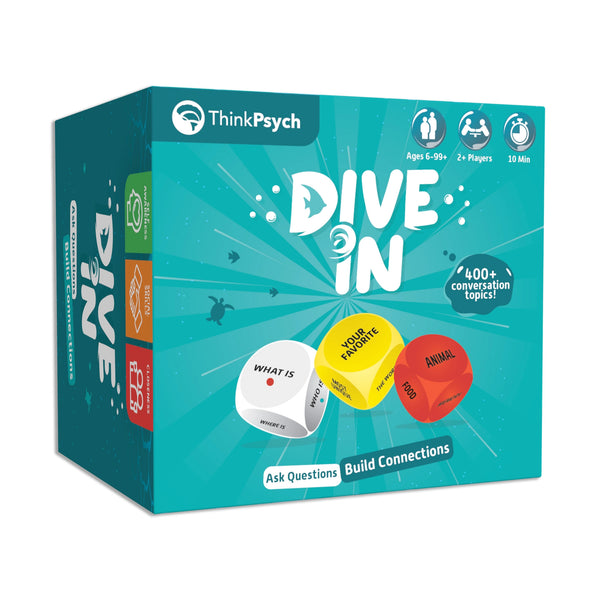
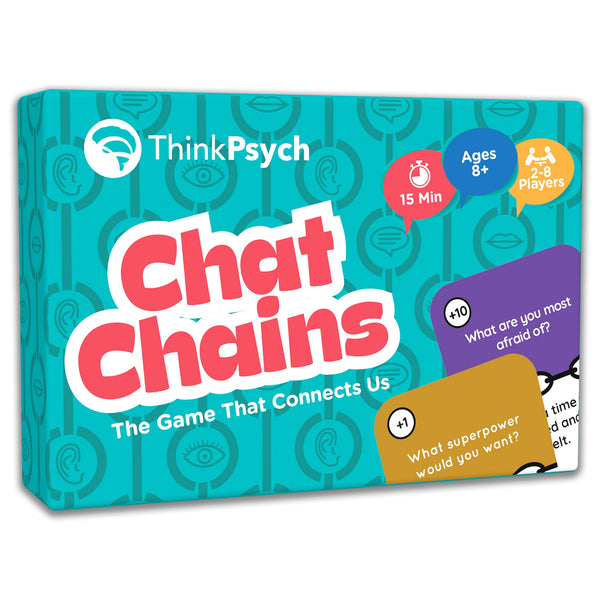
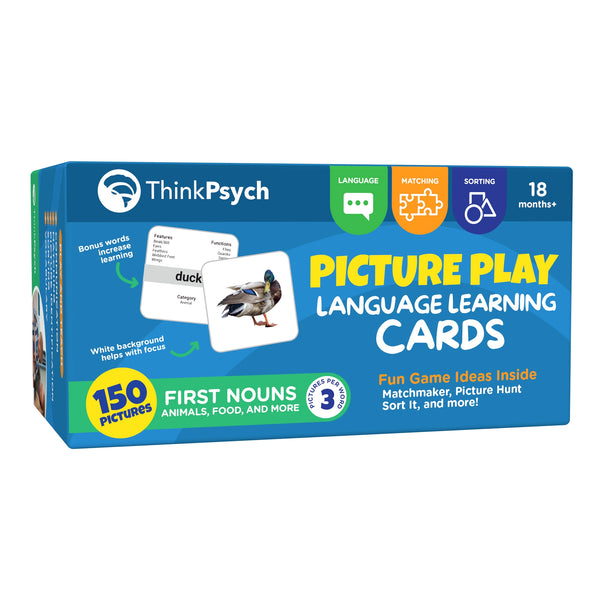
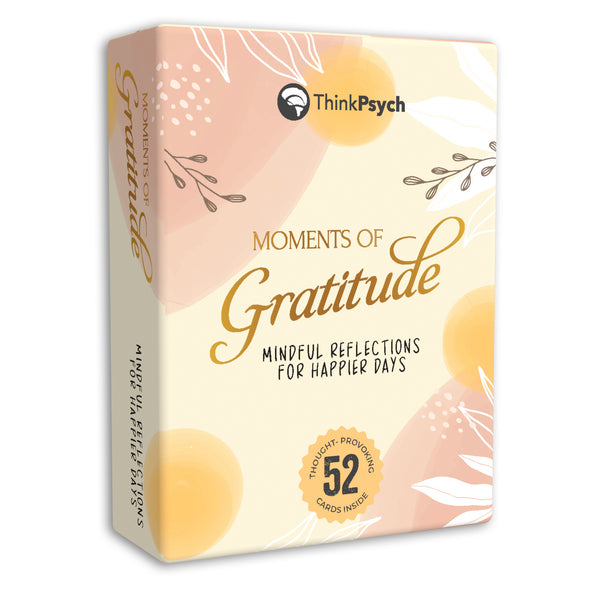

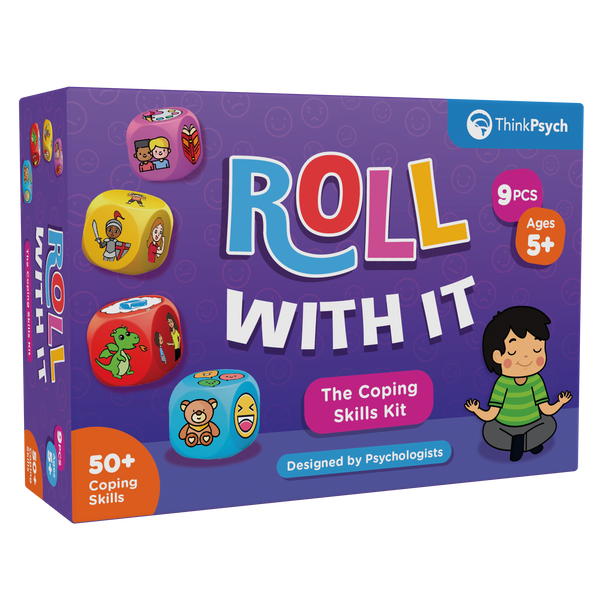
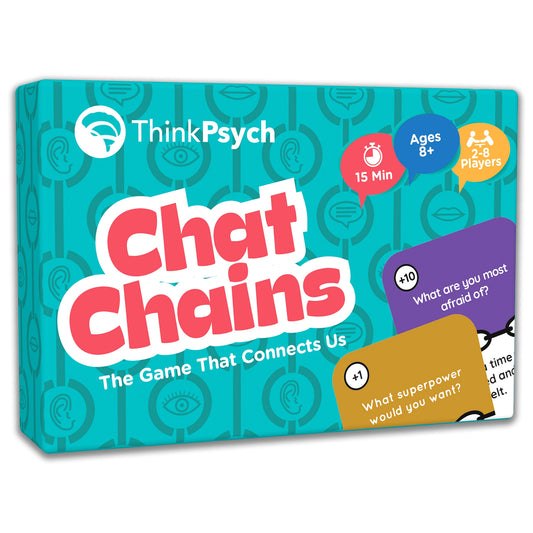
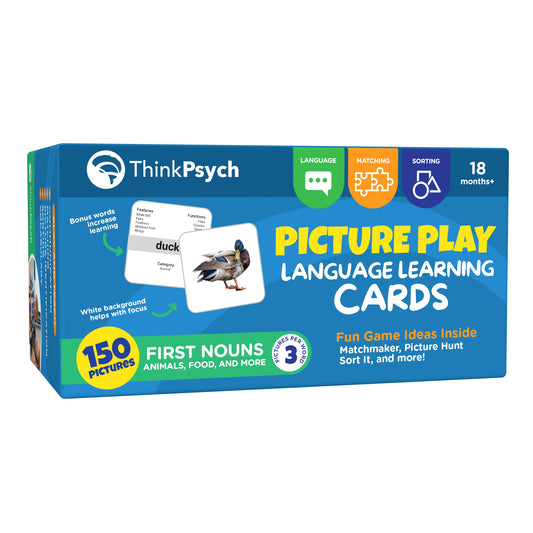
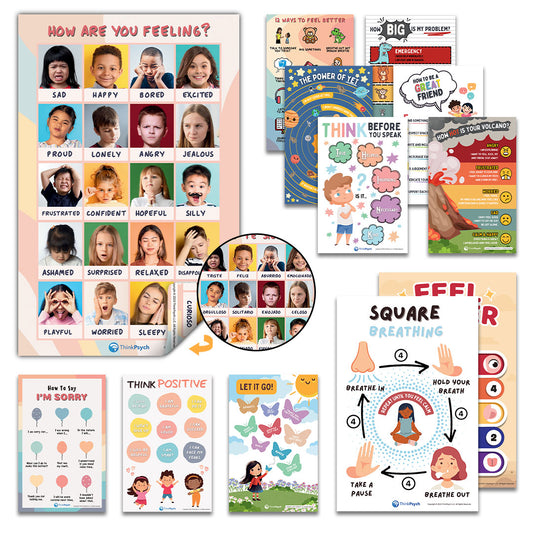
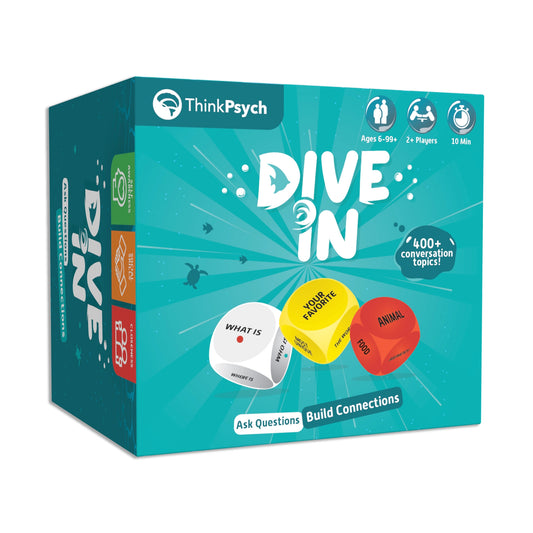
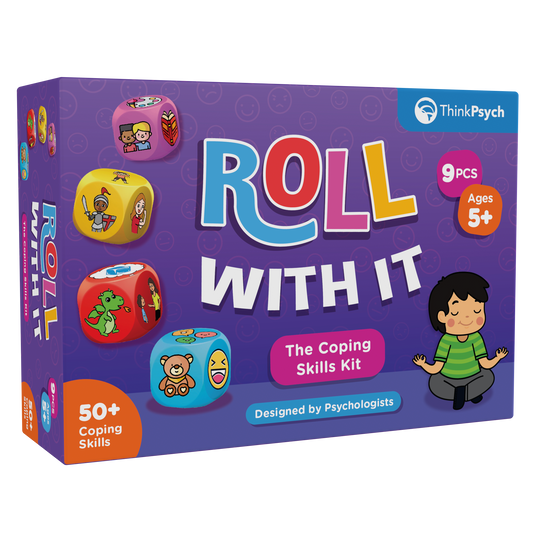
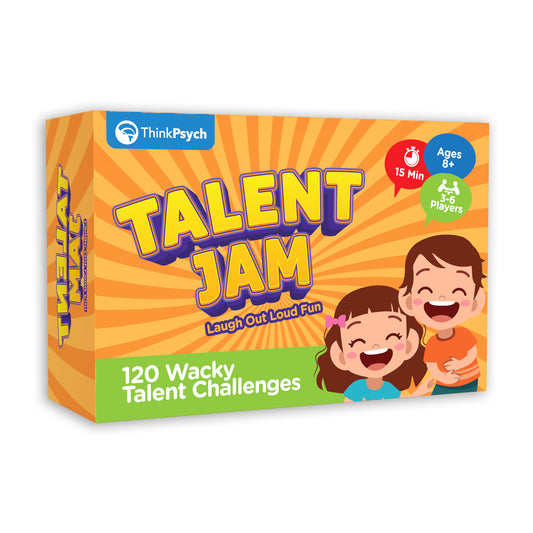

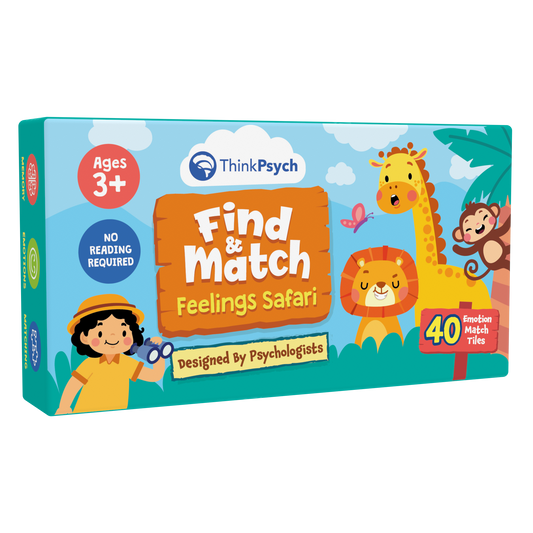
1 comment
I’m doing research for grade school teachers in need of support. Teachers observe spikes in impulse behaviors in students that don’t respond to breathing and meditation.
I know yoga postures would help but I’d like to read a study to find the best ones.